Breadcrumb

Guest editorial mission critical networking
[No abstract available]
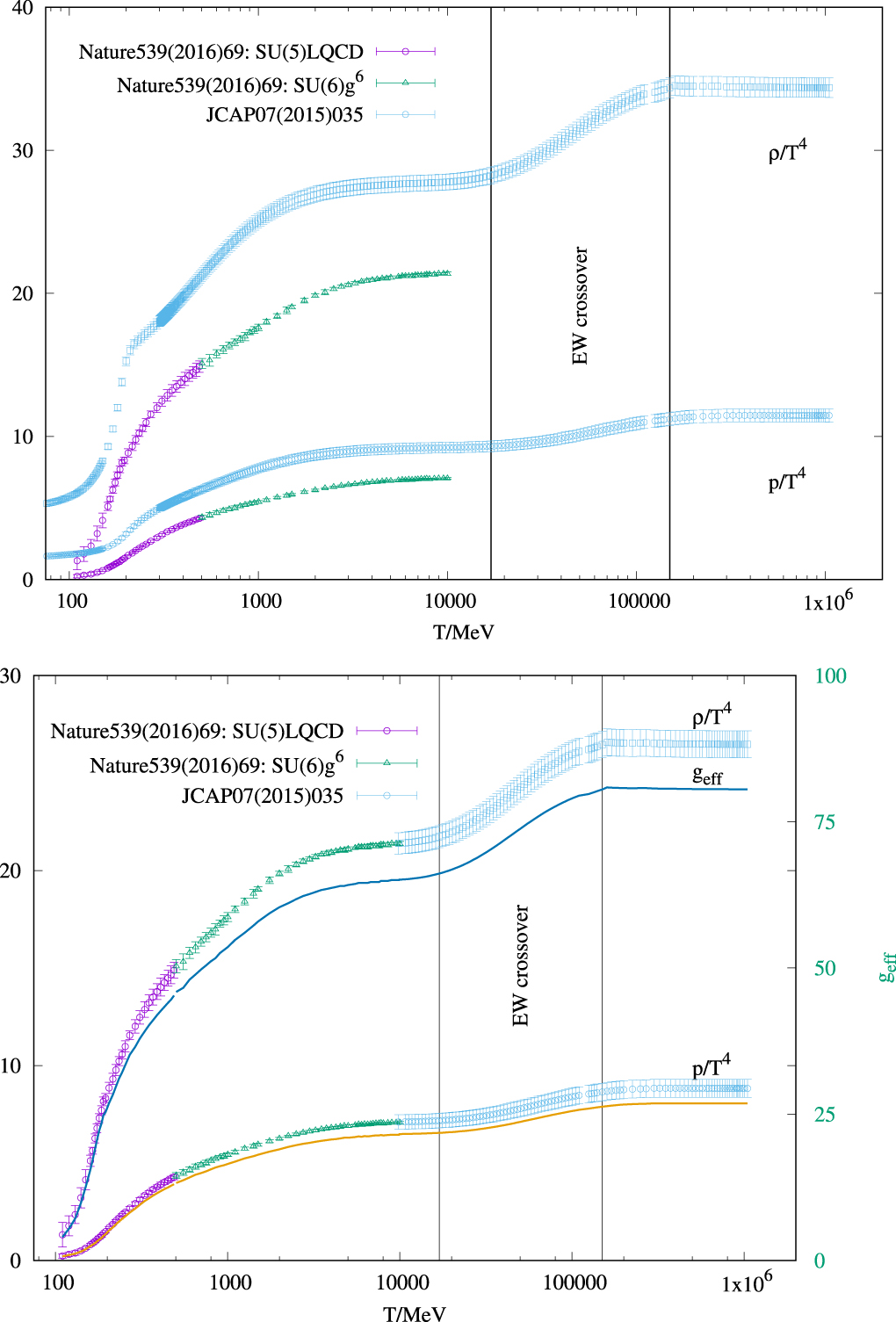
Equation of state for cosmological matter at and beyond QCD and electroweak eras
Various thermodynamic quantities for baryon-free matter are calculated by combining the most reliable non-perturbative and perturbative calculations, especially the most recent ones including as many quark flavors as possible. We extend these calculations by including other degrees of freedom (dof), such as photons, neutrinos, leptons, electroweak particles and Higgs bosons, which allows us to consider temperatures up to the TeV-scale. The calculations show that similar to QCD, the EW phase transition is also a crossover. We have found that while the equation of state for the hadronic matter
Testing of the Aerodynamic Characteristics of an Inflatable Airfoil Section
Inflatable structures are characterized by being light and easy to manufacture and deploy. Hence, they find many applications in aerospace and aeronautical engineering. In this paper, an inflatable segment with a The National Advisory Committee for Aeronautics (NACA) 0021 airfoil cross-section is designed, fabricated, and tested. The geometrical accuracy of the manufactured inflatable segment is measured using laser scanning. Measurements show that the average normalized error of the chord length and thickness are 2.97% and 0.554%, respectively. The aerodynamic behavior of the inflatable
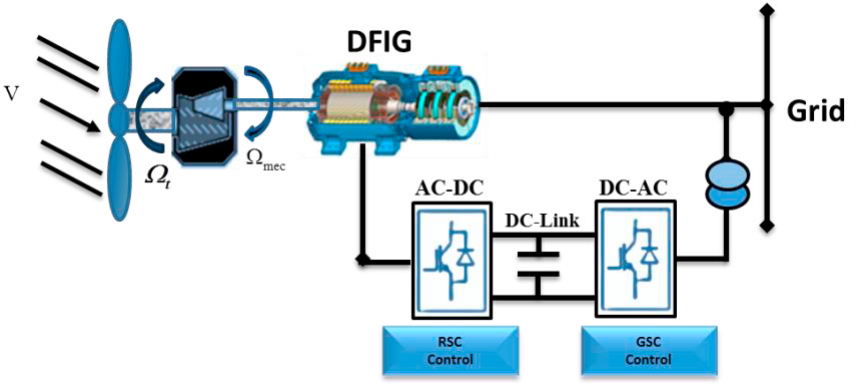
Sensor Faults Detection and Estimation for a Dfig Equipped Wind Turbine
Doubly Fed Induction Generator (DFIG) based on wind turbines demand a high degree of reliability and availability and they are characterized by expensive and safety critical maintenance work. This paper deals with a new strategy for detection and estimation of current sensor faults in the stator and rotor of a DFIG. First, a state space model of a DFIG is developed based on voltages and flux equations, which can be used in order to estimate states and to generate residuals by using a Luenberger observer. Then, the residuals results are exploited for faults detection and estimation. Finally
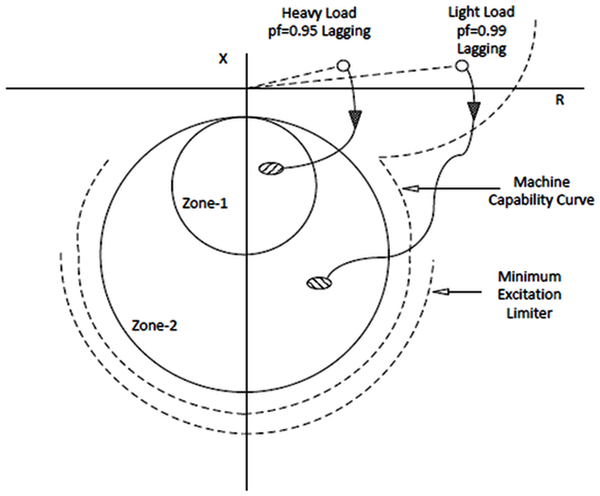
Advances in system dynamics and control
Complex systems are pervasive in many areas of science. With the increasing requirement for high levels of system performance, complex systems has become an important area of research due to its role in many industries. Advances in System Dynamics and Control provides emerging research on the applications in the field of control and analysis for complex systems, with a special emphasis on how to solve various control design and observer design problems, nonlinear systems, interconnected systems, and singular systems. Featuring coverage on a broad range of topics, such as adaptive control
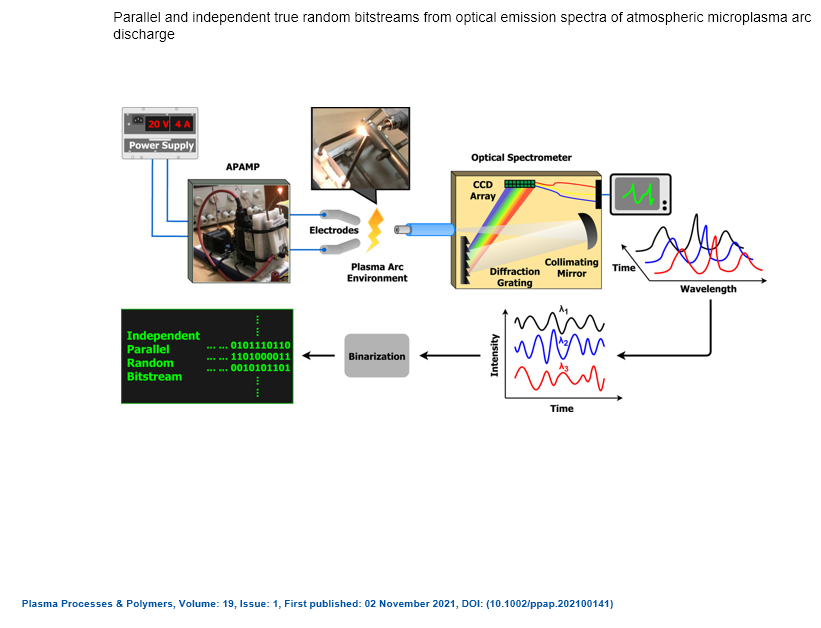
Parallel and independent true random bitstreams from optical emission spectra of atmospheric microplasma arc discharge
In this study, we propose the possibility of generating several parallel and independent random bitstreams from the time-varying optical emission spectra of an atmospheric pressure air microplasma system. This is achieved by splitting the plasma arc emission into discrete wavelengths using an optical spectrometer and then monitoring the fluctuating intensities of each wavelength as an independent time series. As a proof of concept, we considered eight wavelengths centered at 377.8, 389.1, 425.8, 591.4, 630.5, 673.0, 714.2, and 776.4 nm corresponding to atomic emissions lines from species
Modelling Three Dimensional Unsteady Turbulent HVAC Induced Flow
The number of words should not exceed 350. A three-dimensional numerical model for HVAC induced flow is presented. The nonlinear set of buoyancy driven incompressible flow equations, augmented with those of energy and k-ϵ turbulence model is solved. Various relevant are discussed. These challenges include avoiding expensive commercial packages, modelling complex boundaries, and capturing near wall gradients. Adaptive time stepping is employed to optimize computational effort. Threedimensional simulation requirements are addressed using parallel computations. Twodimensional and three
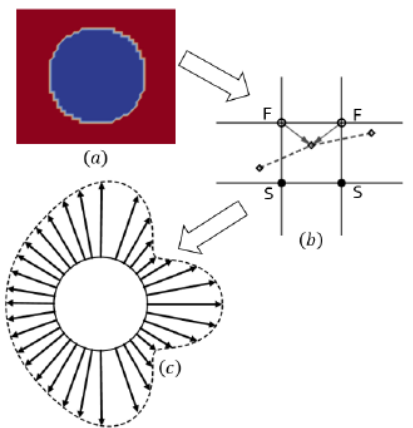
A Stress Mapping Immersed Boundary Method for Viscous Flows
This work introduces an immersed boundary method for two-dimensional simulation of incompressible Navier-Stokes equations. The method uses flow field mapping on the immersed boundary and performs a contour integration to calculate immersed boundary forces. This takes into account the relative location of the immersed boundary inside the background grid elements by using inverse distance weights, and also considers the curvature of the immersed boundary edges. The governing equations of the fluid mechanics are solved using a Galerkin-Least squares finite element formulation. The model is
Finite element analysis of pulsatile blood flow in elastic artery
New hybrid Eulerian/Lagrangian model is presented accounting for the two-way coupling between the pulsating blood flow and the artery deformability. The Streamline-Upwind/Petrove--Galerkin (SUPG) finite element technique is used to treat for the convective nature of the momentum equation. The deformability of the artery walls is accounted for by treating the wall as an elastic beam under transverse unsteady distributed load, namely the fluid pressure. The results of the present contribution compare well against the available published data. © 2019, Isfahan University of Technology.
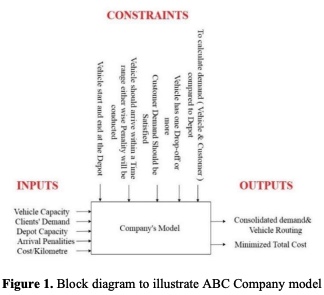
A Heterogeneous Vehicle Routing Problem with Soft Time Windows for 3PL Company's Deliveries: A Case Study
Route optimization is tactically important for companies that must fulfill the demands of different customers with fleet of vehicles, considering multiple factors like: The cost of the resources (vehicles) involved and the operating costs of the entire process. As a case study, a third-party logistics service provider, ABC Company, is introduced to implement optimization on. Furthermore, ABC Company's problem is defined as route optimization and load consolidation problems that will be solved as heterogeneous vehicle routing problem with soft time windows (HVRPSTW). In this paper's case
Pagination
- Page 1
- Next page ››
